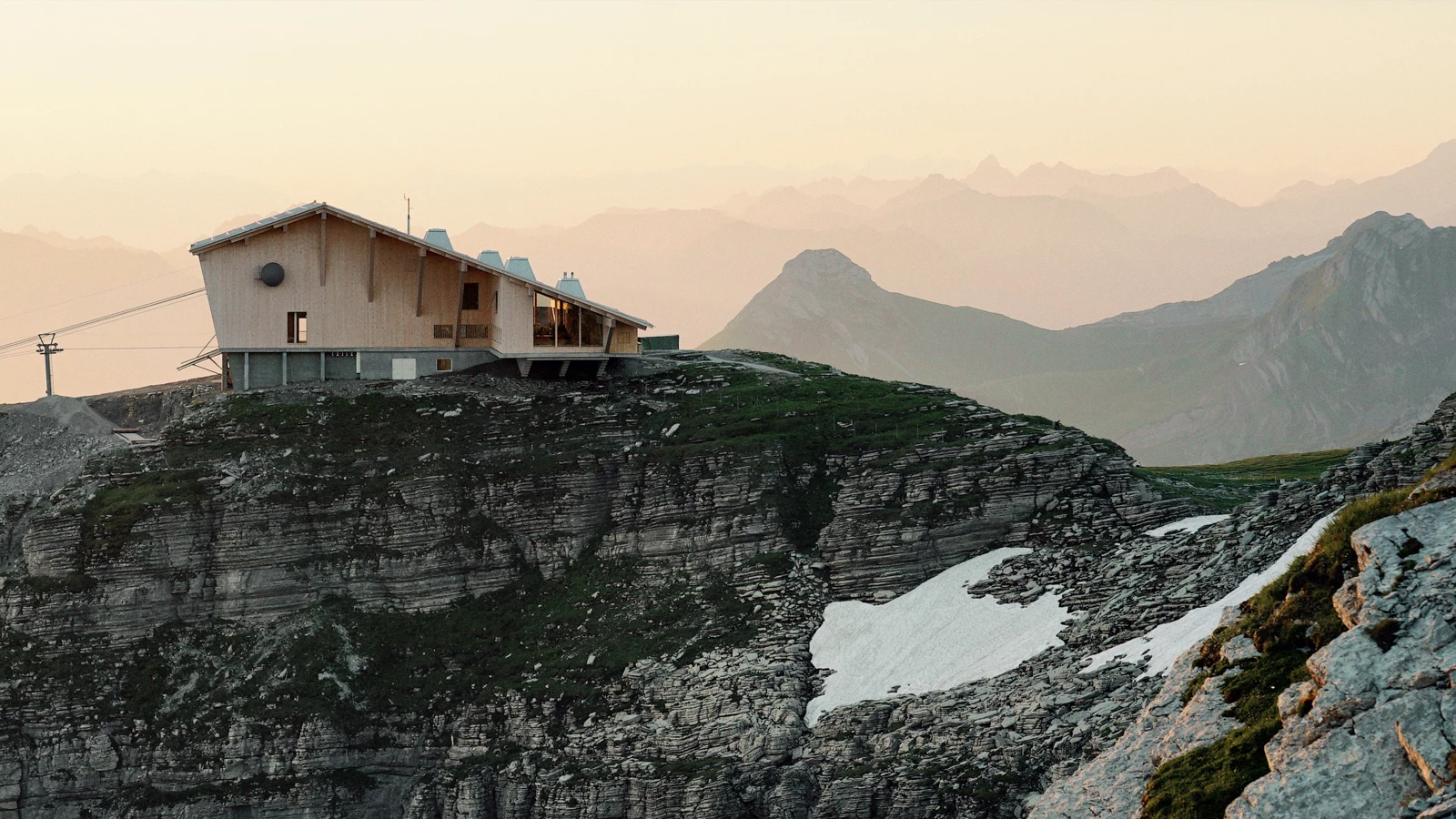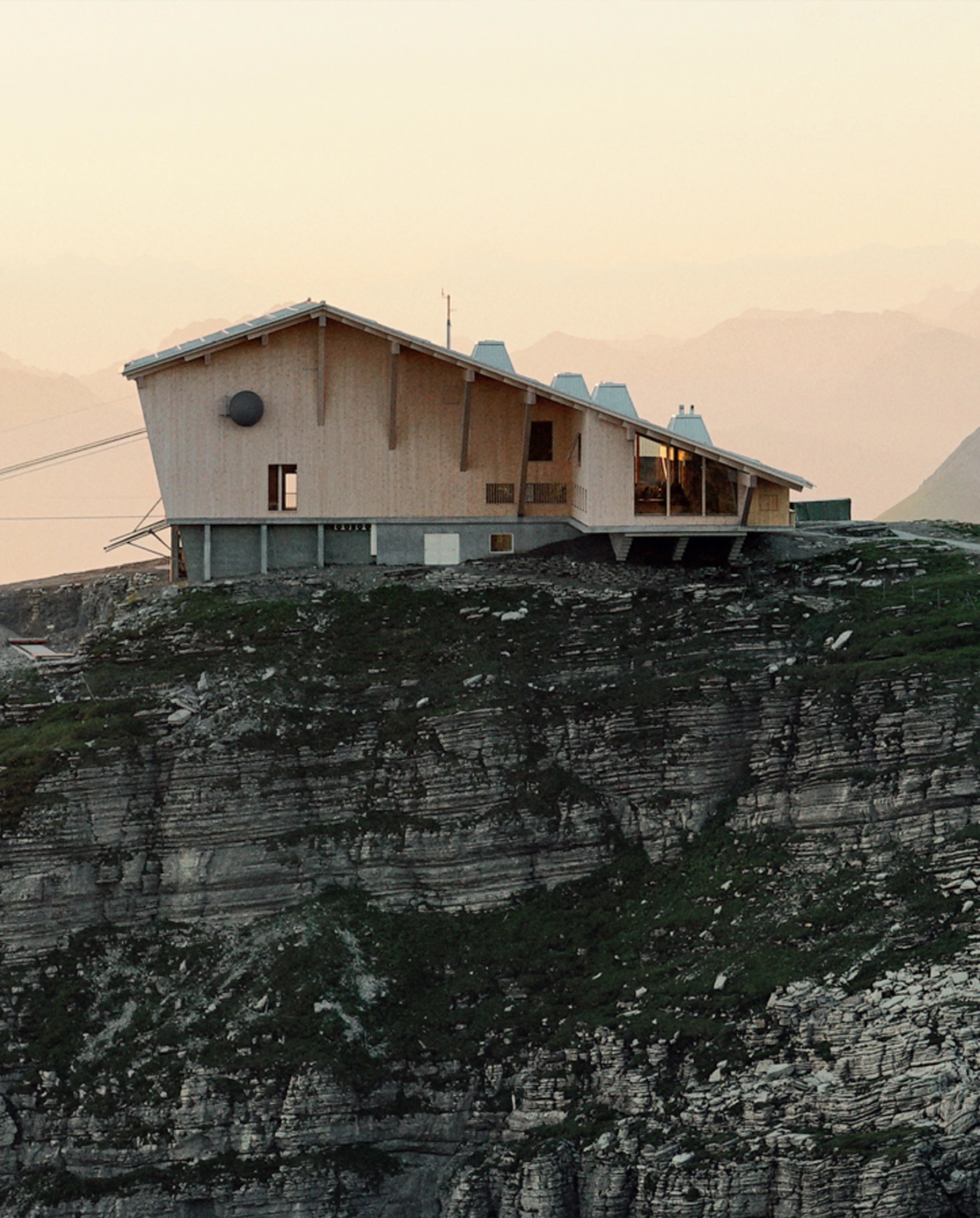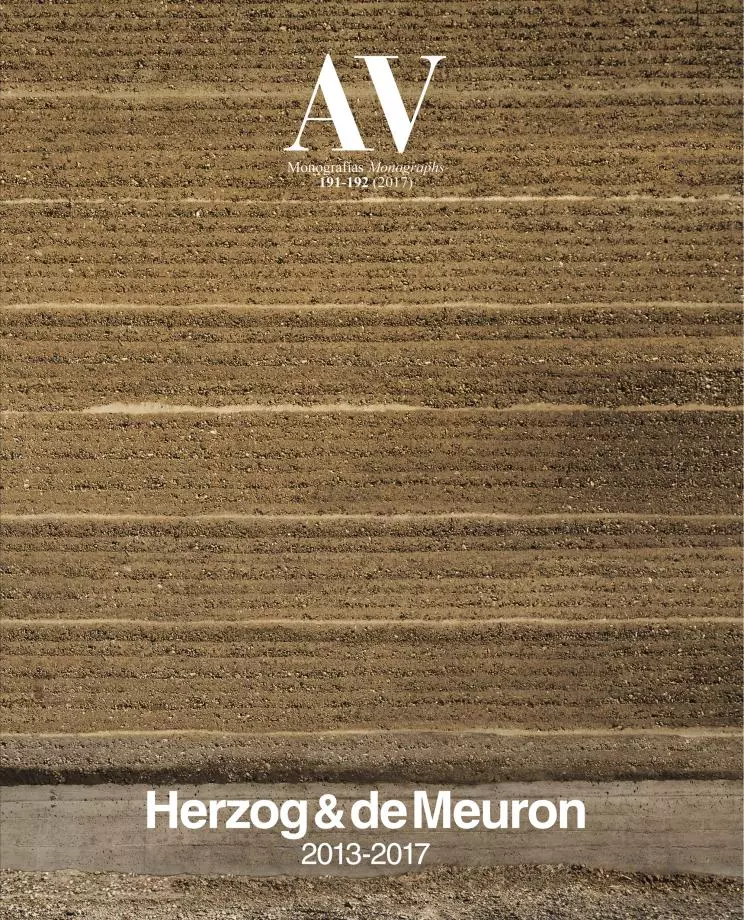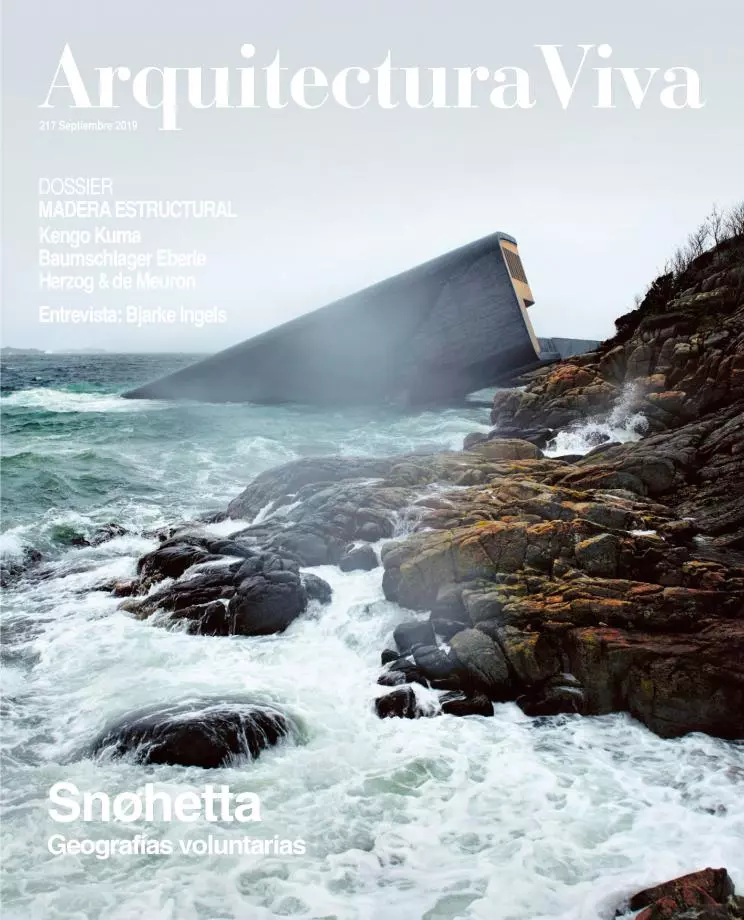Chäserrugg Mountain Station, Unterwasser
Herzog & de Meuron- Type Culture / Leisure Station
- Material Wood
- Date 2011 - 2015
- City Unterwasser
- Country Switzerland
- Photograph Katalin Deér
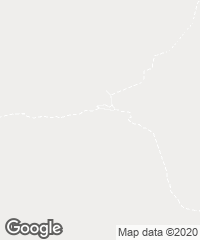

Mount Chäserrugg is the easternmost peak of the seven mountains that make up the Churfirsten Massif. It rises up gently from the Toggenburg to the north reaching up to 2,262 meters, and becomes a steep cliff to the south, plummeting almost 1,900 meters down to the Lake of Walensee. The high flat plateau formed by the Hinterrugg, Rosenboden and Chäserrugg stands in great contrast to the steep, precipitous walls of the cliff. Behind this impressive topography, the backdrop of the Alps stretches all the way to the horizon. The region has been accessible since 1972 via the Unterwasser-Iltios-Chäserrugg Cable Car, and it is frequented by skiers, hikers and small groups spending the day.
Ever since the cable car went into operation, a restaurant has traditionally been the meeting point in this area, located near the top cable-car station. It was provisionally located in the housing originally built for the construction workers, that has been now torn down to make room for a permanent construction. The station, a pragmatic steel structure on a concrete foundation typical of the 1970s, has remained and been clad in a different facade. The new mountain restaurant is placed perpendicular to the station, extending horizontally along the mountain panorama towards the south. A large roofed area connects the two structures and creates an outdoor arrival hall. The new building is constructed in solid wood on a concrete foundation. The use of wood echoes the local tradition, and it was prefabricated by local craftspeople in the valley and assembled on top of the mountain in the course of a summer. The interior was completed the following winter. Equally important was a thoughtful exploitation of resources: except for the crane, which was transported by helicopter, all of the parts required for the building were transported by cable car in the course of its regular runs. The excavated earth was used to make the concrete and also as an ingredient of the gravel surfacing.
The restaurant is a long, flexible space, its atmosphere marked by the repetitive woodwork from locally sourced spruce trees. The low-hung roof resting on columns is the dominant element of the building with a covered terrace in front. Glazed on three sides, the restaurant offers spectacular views of the scenery. Niches with built-in benches and tables occupy the fourth side of the room. Each niche has its own window, offering its own framed view of the mountainscape.


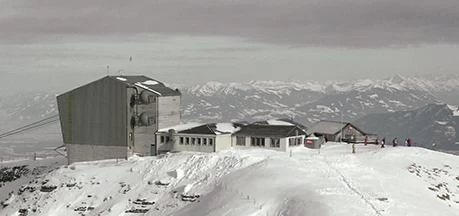
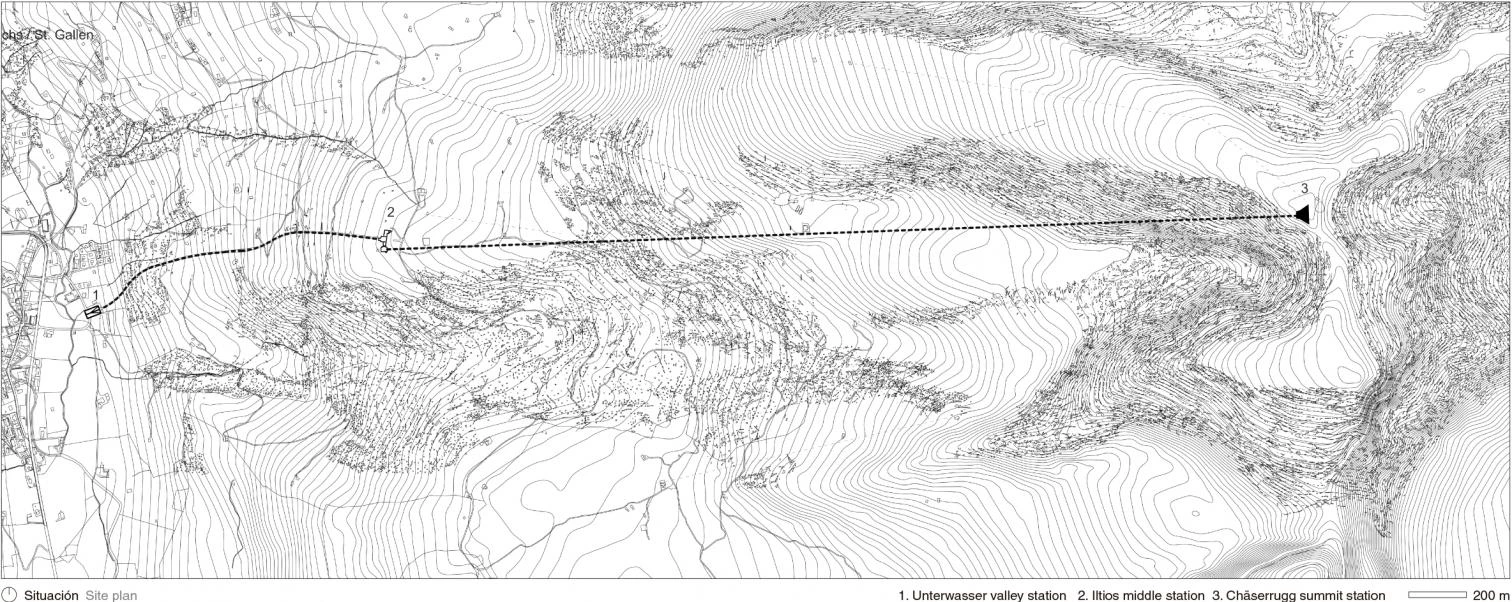
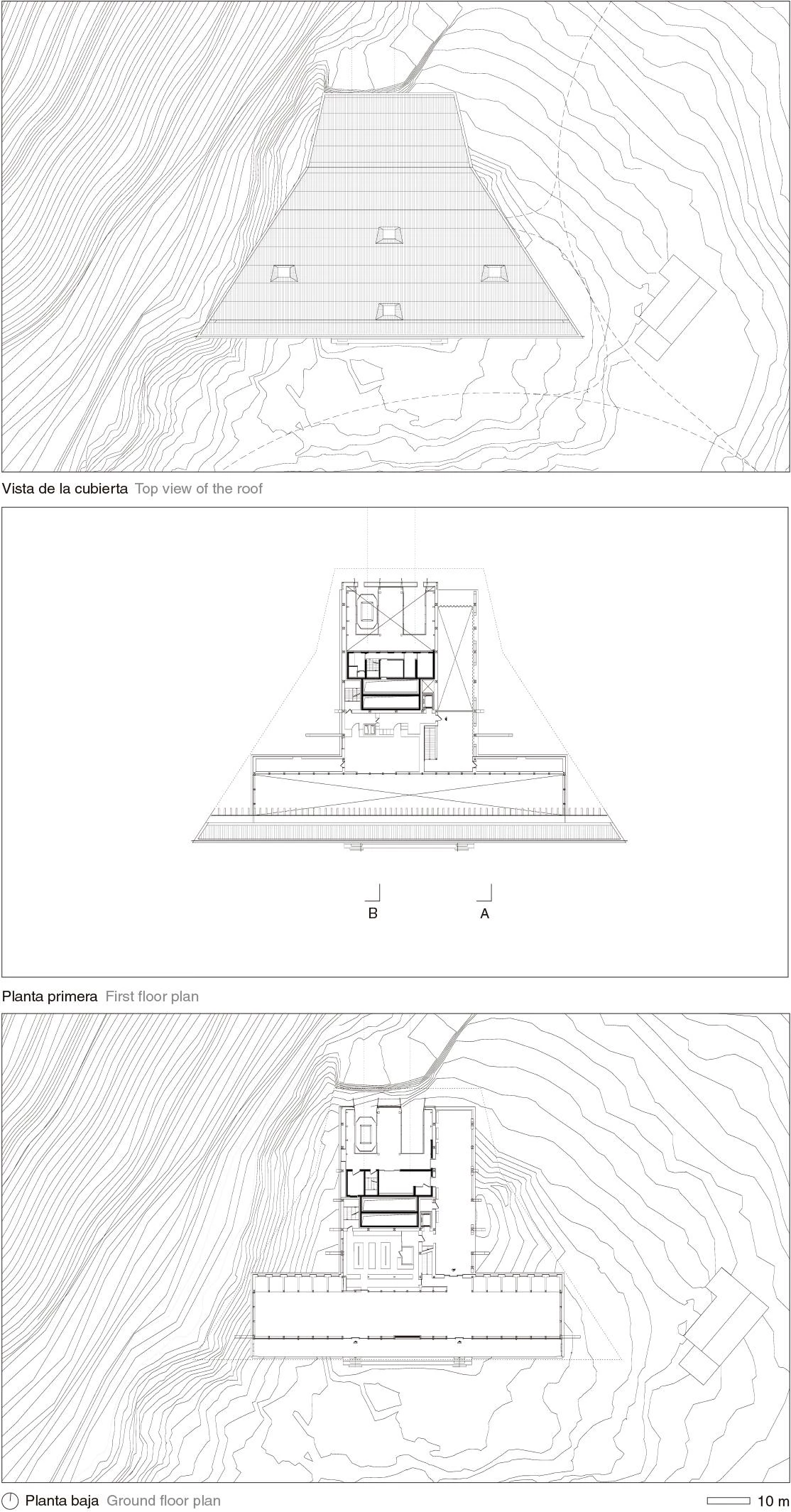

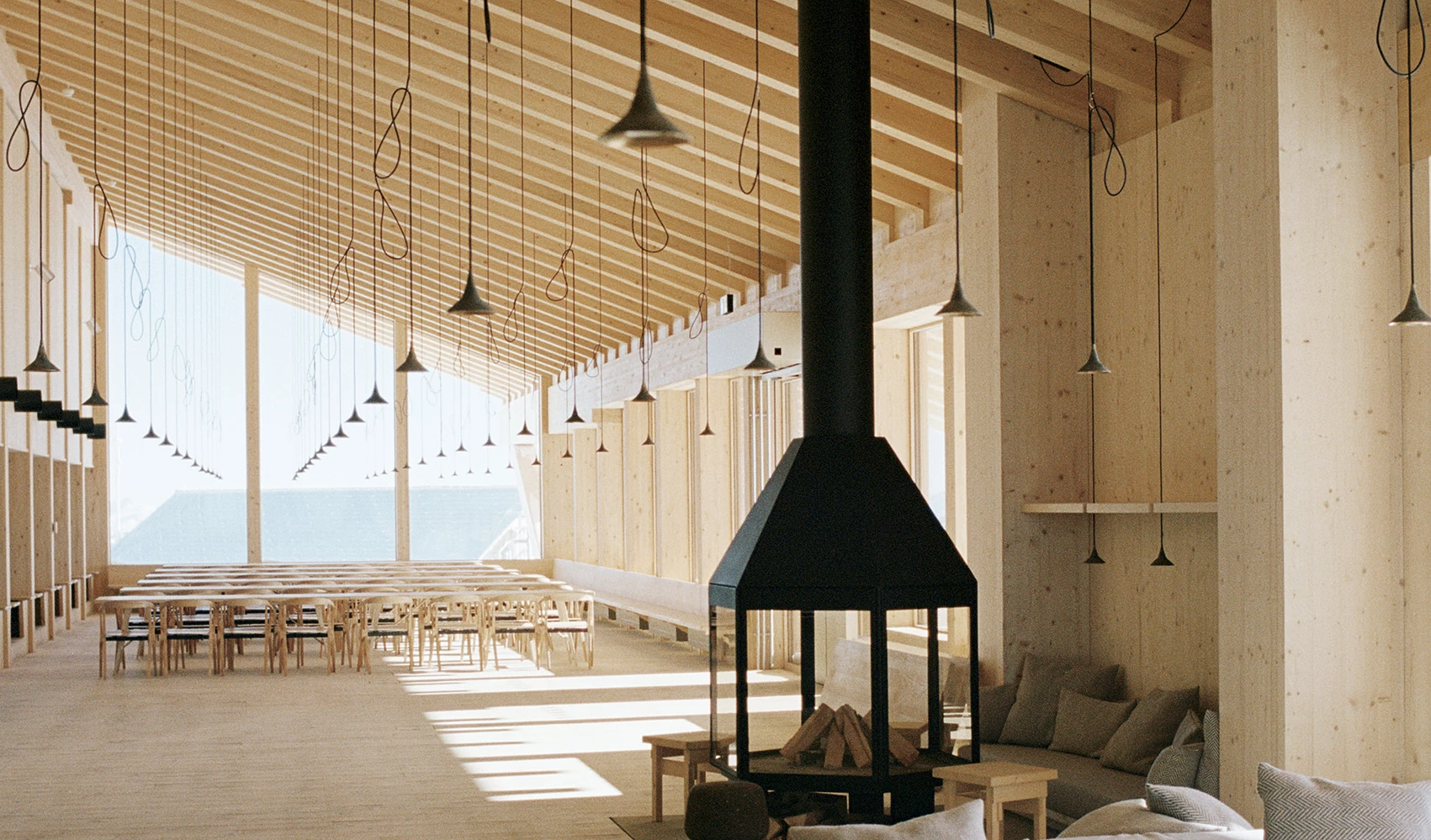
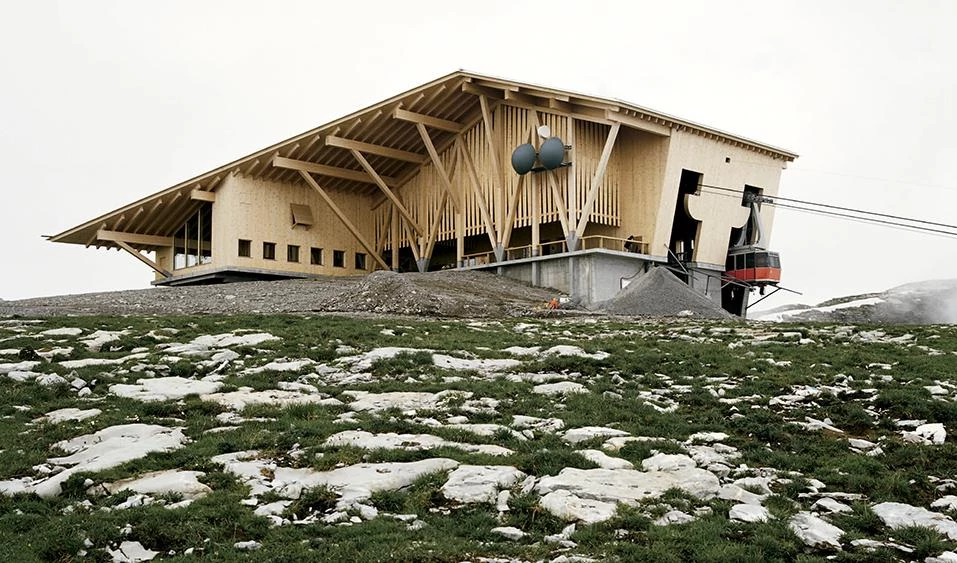

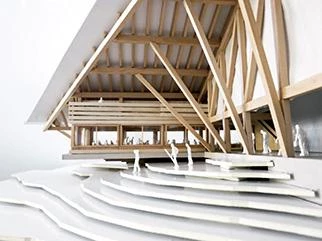
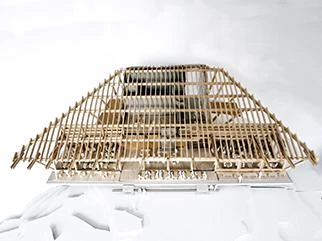
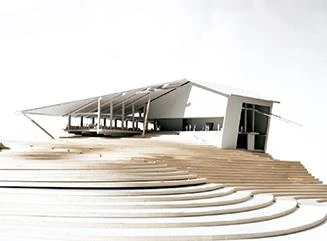

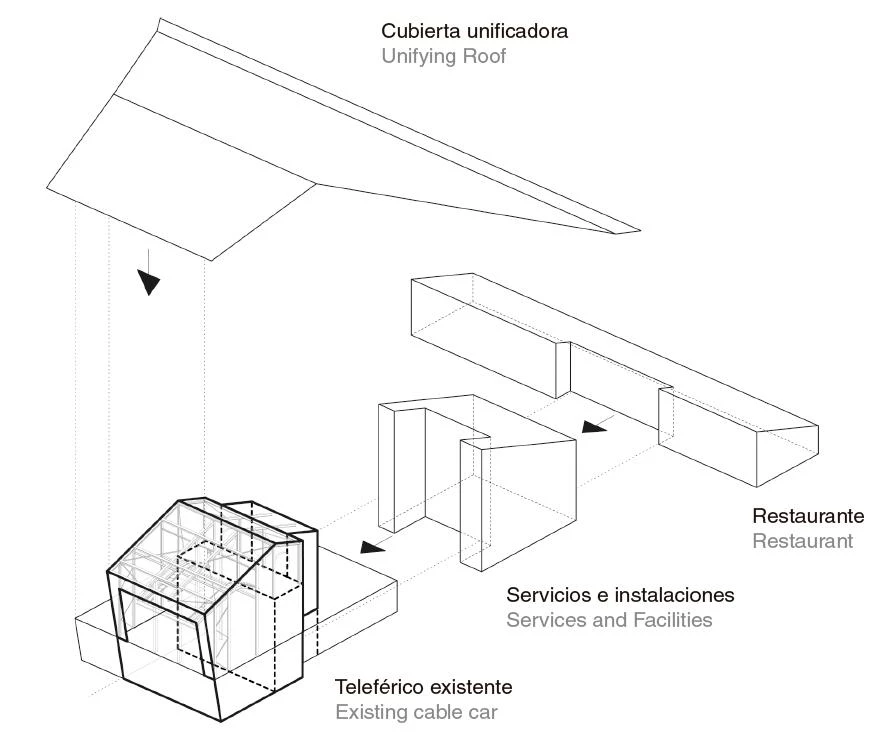
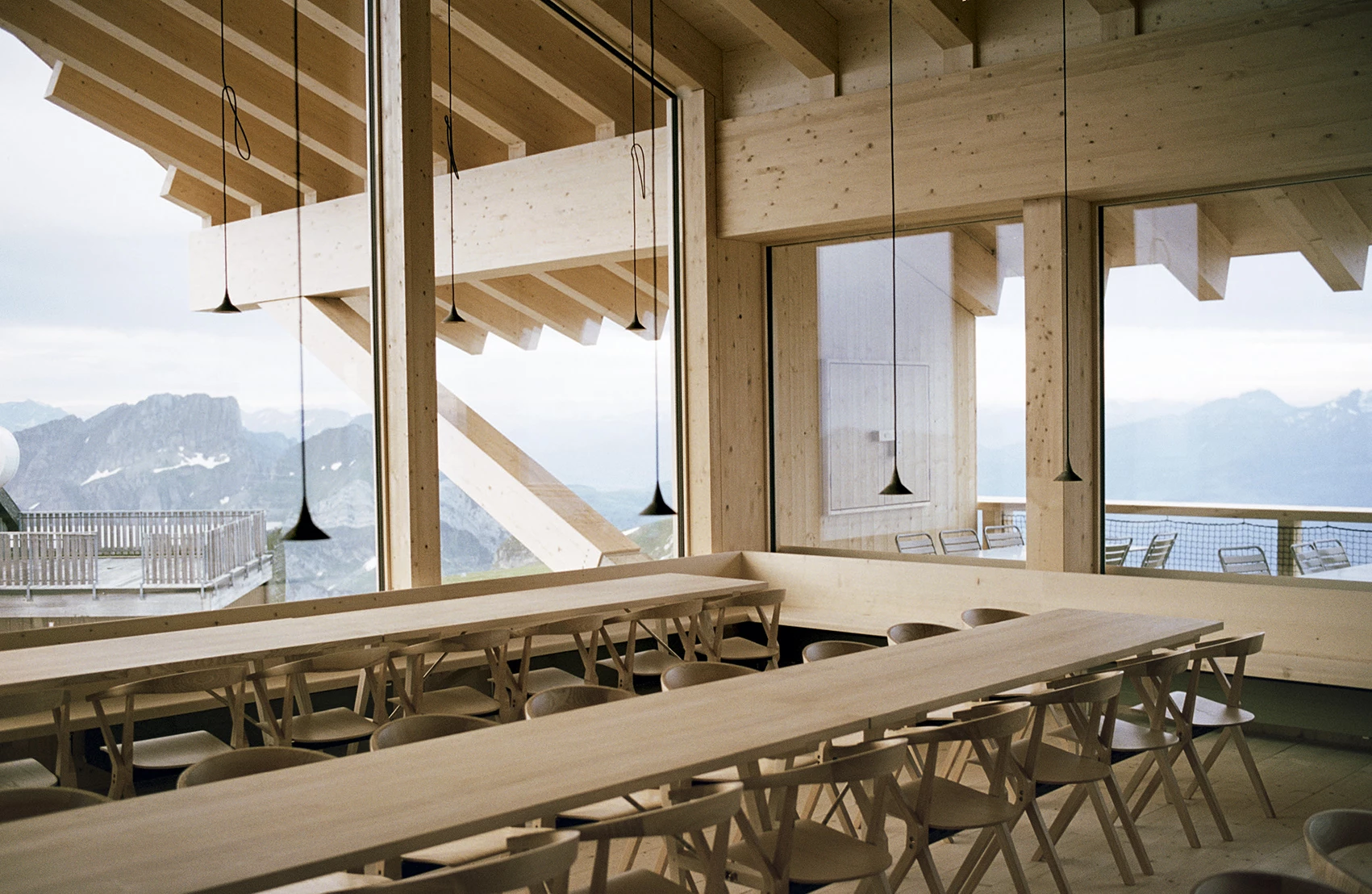
Client
Toggenburg Bergbahnen TBB AG
Client Representative: Mélanie Eppenberger, President TBB AG, www.chaeserrugg.ch
Herzog & de Meuron Project Team
Partners: Jacques Herzog, Pierre de Meuron, Christine Binswanger (Partner in Charge)
Project Team: Michael Fischer (Project Director, Associate), Bergstation: Beatus Kopp (Project Manager), Hendrik Steinigeweg (Project Manager), Konzeptstudie: Salomé Gutscher (Project Architect)
Roman Aebi (Workshop), Michael Bär (Associate), Frederik Bo Bojesen, Leif Buchmann, Yannick Claessens, Santiago Espitia-Berndt, Alexander Franz, Alen Guberinic, Justin Hui, Maria Krasteva, Victor Lefebvre (Workshop), Severin Odermatt, Philipp Schaefle, Kaspar Stöbe, Christoph Wassmann, Freya Winkelmann.
Planning
Project Architect: Herzog & de Meuron; Construction Management: Ghisleni; HVAC Engineering: Amstein + Walthert; Structural Engineering: Schnetzer Puskas Ingenieure, Pirmin Jung, Schällibaum.
Consulting
Building Physics: Zimmermann & Leuthe; Catering Consultant: Gastro-Fachplanungen Ruedi Menet; Fire Protection: Amstein + Walthert; Interior Consulting: Rondelli Consulting; Snow Assessment Report: WSL-Institut für Schnee - und Lawinenforschung SLF; Test Engineer: Casutt Wyrsch Zwicky; Wind Assessment Report: I.F.I. Institut für Industrieaerodynamik GmbH.
Contractors
Electrical: Kolb Elektro; Elevators: AS Aufzüge; Metal Work: Tobler Metallbau; Paint Work: Malerei Grob; Plumbing: Tobler Haustechnik; Scaffolding: Roth Gerüste AG; Heating: Lippuner AG; Structural Work: Pozzi AG; Wood Construction: Blumer Lehmann ARGE.
Photos
Katalin Deér

